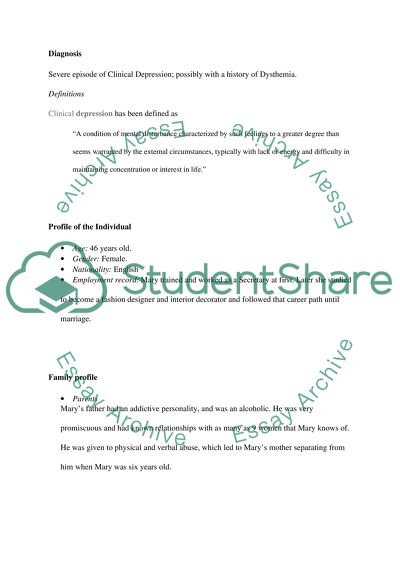Cite this document
(Psychopathology: Diagnosis and Prognosis of Clinical Depression Case Study, n.d.)
Psychopathology: Diagnosis and Prognosis of Clinical Depression Case Study. Retrieved from https://studentshare.org/psychology/1578459-psychopathology
Psychopathology: Diagnosis and Prognosis of Clinical Depression Case Study. Retrieved from https://studentshare.org/psychology/1578459-psychopathology
(Psychopathology: Diagnosis and Prognosis of Clinical Depression Case Study)
Psychopathology: Diagnosis and Prognosis of Clinical Depression Case Study. https://studentshare.org/psychology/1578459-psychopathology.
Psychopathology: Diagnosis and Prognosis of Clinical Depression Case Study. https://studentshare.org/psychology/1578459-psychopathology.
“Psychopathology: Diagnosis and Prognosis of Clinical Depression Case Study”, n.d. https://studentshare.org/psychology/1578459-psychopathology.


